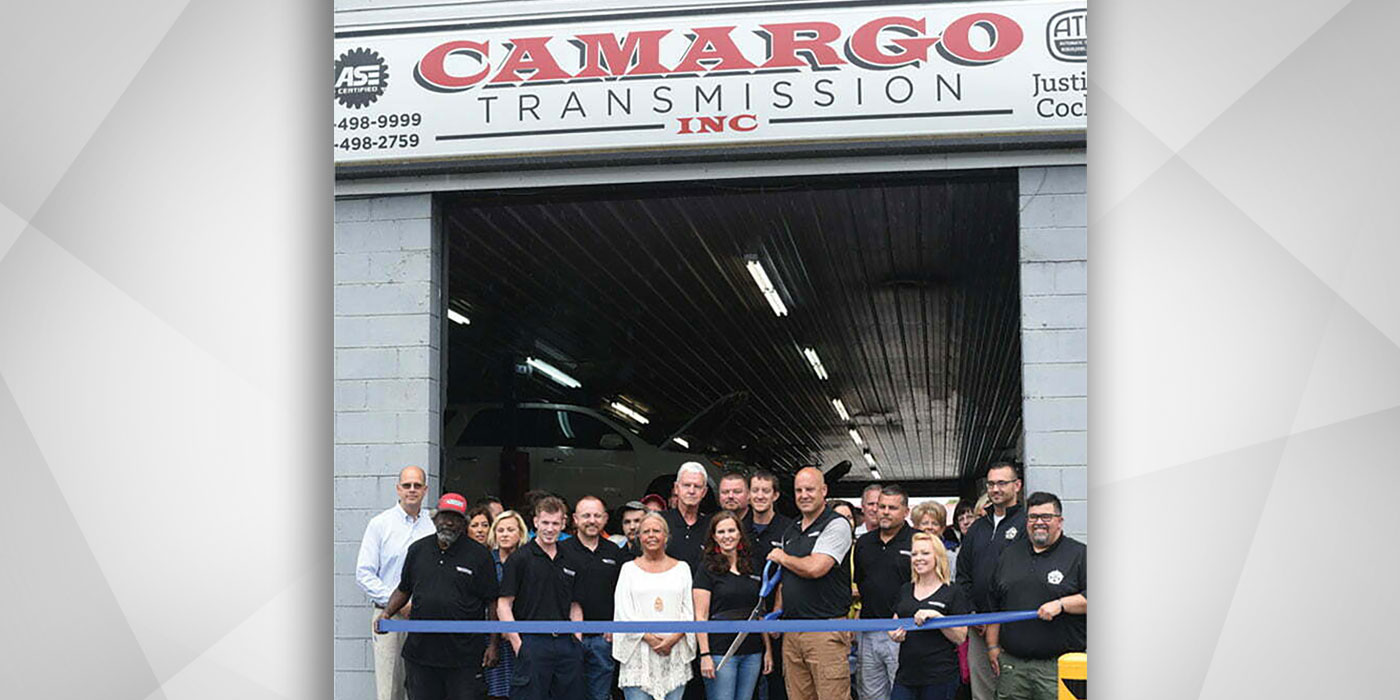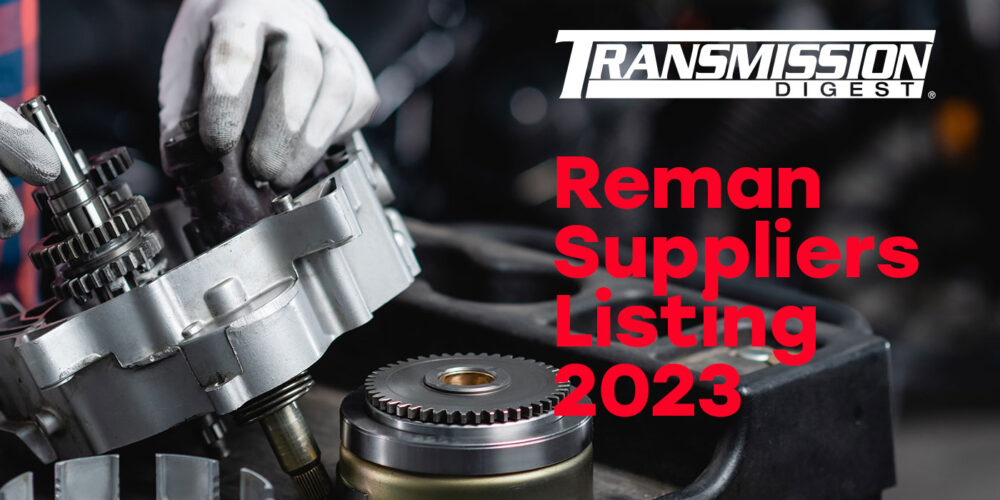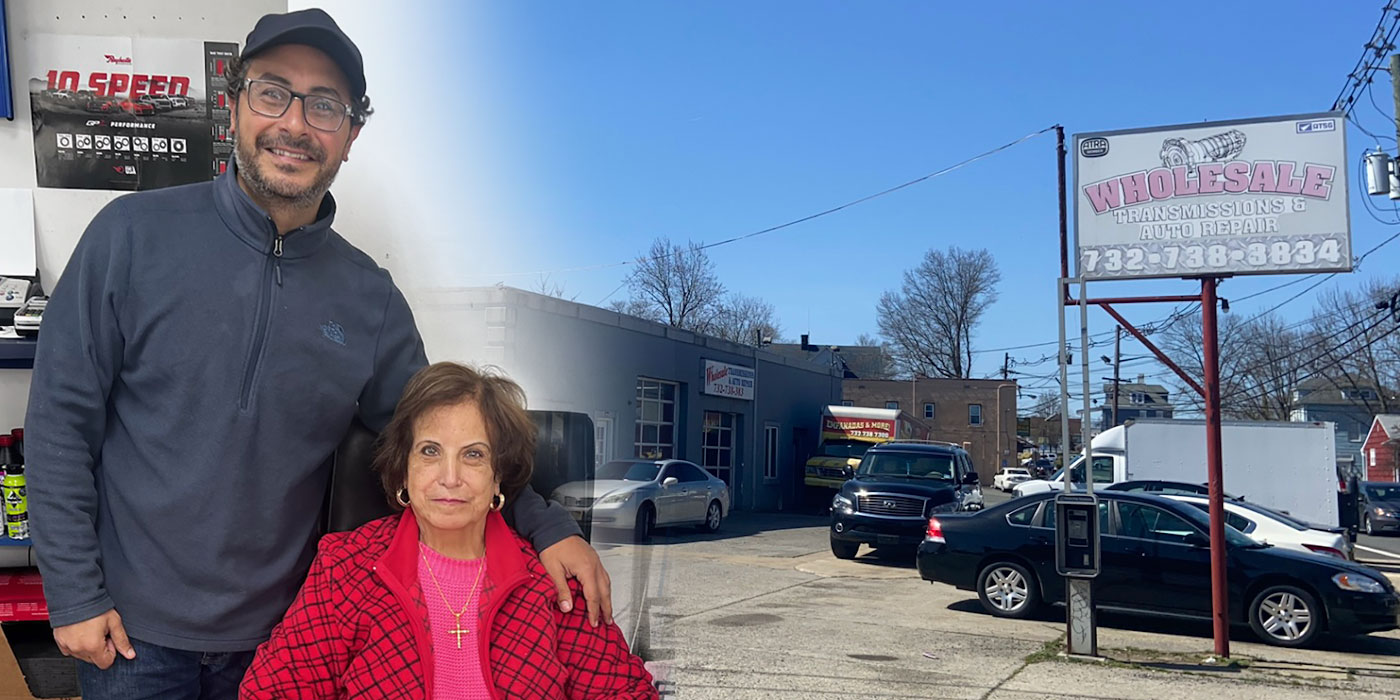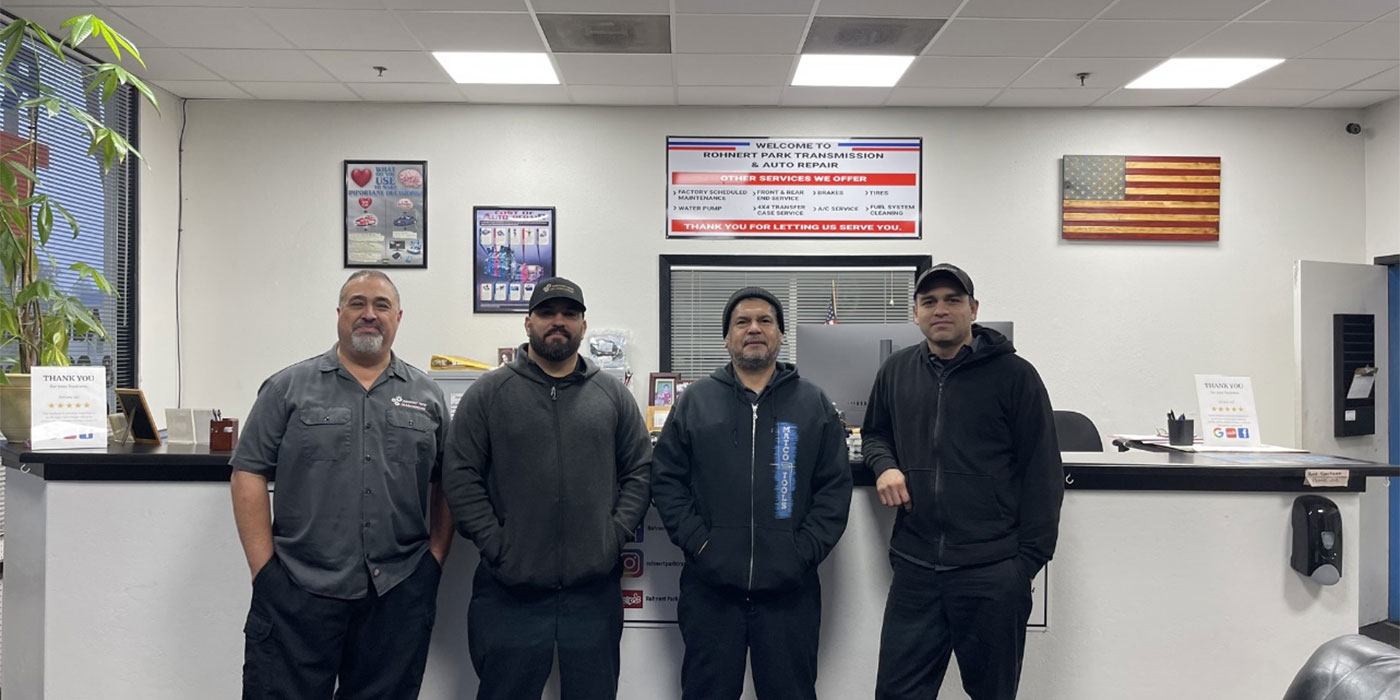
It’s Your Business
- Author: Terry Greenhut, Management Editor
Yesterday I had the privilege of watching a very well-made training video by Bruce “Doc” Ginther (aka Dr. Dyno), a diagnostician and trainer to the auto-care and transmission industries. It had been quite a while since I had taken in any of that type of training, being mostly involved with sales and management these days. I must say, I was quite impressed with the simple explanations of what I always considered to be the most difficult of diagnostic problems – the electrical system.
Doc was diagnosing a transmission-solenoid problem from the fuse panel of a Chevy truck with two “T” pins and a Snap-on Vantage Scanner. Within five minutes he knew which solenoid was bad and in need of replacement. I marveled at how clean and easy it was for him to find that out. He saved his time and money, along with the customer’s, for knowing how to find the problem so quickly.
Doc has learned most lessons the hard way, a lot like most of us. But he teaches technicians to do it the easy way and makes them laugh while he’s doing it. Doc and I are old buddies, so it didn’t surprise me when, in frustration one day, he told me, “You know what breaks my heart? That I’m a great trainer – at least that’s what my students tell me – but I just can’t get enough of the techs in this industry to come out for the training they so desperately need.”
“Really?” I questioned sarcastically. “You mean to tell me that people need this training and don’t come out to get it? I can hardly believe that.”
Doc is a quick study, so he caught on fast that I was pulling his leg.
“Welcome to my world,” I told him.
I’ve been fighting that battle for the past 30 years. You may have a great program, as so many of our industry technical and business trainers do, but that doesn’t mean people will buy it or, if they do buy it, that they will use it, which is probably worse. When I was doing sales and management training seminars for one of the largest automotive-parts chains in the United States I found that a considerable number of the garages that signed up for a year’s worth of training at about $1,500 never had anyone attend. Even though they had the right to send six people once a month throughout the year to both the technical and management seminars, they didn’t send anyone or couldn’t get anyone from their shops to go. What a waste.

In an industry as mature and competitive as ours you would think that everyone would want as much of an advantage as possible. Yet, believe it or not, attendance at seminars is declining along with the purchase and use of training materials.
Two types of training that are super critical are sales and marketing. With so much new-car-dealer and low-price competition, you must learn how to make your phone ring and how to talk customers in when it does. In addition, you have to learn how to get the price you need, which is not necessarily the price the customer wants to pay. Handling price objections properly can mean the difference between mere survival and profitability.
Some shop owners have reported that business isn’t and hasn’t been good in the recent past while others state substantial gains. When you interview them you always come to find out the same thing: The ones who are putting the energy into their marketing and sales effort are busy most of the time. What that does is allow them to charge the kind of money they really want, because they have no fear of losing jobs. You always seem to be bolder when you’re busy, don’t you?
Just this morning I gave a 31⁄2-hour seminar to a group of auto-care franchisees. One came up to me at the break to tell me he disagreed with pretty much everything I said and was rather upset with me for teaching them the right words to say on the telephone or when the customer shows up at the shop. When I asked why he felt that way, he said it was because he knew I was right and that he had to implement these tools even though neither he nor his manager wanted to change. He knew how much work it was going to be.
“Change is difficult,” he said. “I wish we could just quote people the prices we want over the phone and they would come in and let us do the work.”
“Nice dream. Let me know when you wake up,” I told him. “Those days are long gone, never to return again. Today you have to work every customer hard. There’s no such thing as a free lunch anymore.”
Although nothing good is easy, it can be quite rewarding. If you are willing to put the time and effort into your marketing and sales campaign, it can pay off in sizable and measurable dividends.
The strongest marketing effort has to be undertaken in the arena of outside sales. Although you can write checks for advertising (which many times doesn’t provide a great return on investment), outside sales is more of a “sweat equity” venture. You put in the time researching your competitors and potential customers, you develop marketing materials, and then you hit the streets hard. You do it over and over again until you either get good at it or want to give up the business and become a librarian (a much less-stressful occupation, I’ve been told).

Outside selling can be taught like anything else, but only a small handful of industry people want to learn or be involved in it. Most find it distasteful to be door-to-door salespeople. They don’t want to handle the rejection involved and the tedious job of revisiting potential clients over and over again. Some even think it looks as though they are begging for the business.
In truth, outside selling is easy. There are only a handful of simple rules and procedures to be learned to keep the amount of rejection to a minimum, but as with anything else they have to be drilled, practiced and rehearsed before they are usable.
For example, the most-important step in the process is “Customer Qualification,” where you find out who the decision maker is, whose service they are using now, what they like most about that service and what, if anything, they would change or improve about it. When you’re armed with the answers to those questions, the rest of the sale becomes a walk in the park. If you don’t learn to ask them, outside selling can be the most difficult and unrewarding of tasks, because you’ll get tired of being thrown out of every business you visit.
Nobody asks that you invest a lot of time in sales or management training, just enough time to learn how to do things right. The rules don’t change very often. The fact that nobody in their right mind wants to pay to have a transmission, or anything else, fixed still applies today as it always has, so sales techniques have not had to change all that much. If you already know them, refreshing yourself now and then so you are ready to face new challenges is a great idea. If you don’t know them you need to learn them as quickly as possible. Just remember that nothing good happens in the shop until a job is sold properly.
Technical training is another animal. Even if you’re the best rebuilder or diagnostician on the planet, you won’t remain that way if you don’t keep up to date on the latest changes and advancements. Attending a seminar at least once a year is mandatory if you want to keep up. Learning to use new testing equipment can save you and the shop a fortune while allowing you to provide a higher level of quality service than your competitors; a level of service for which you can get paid extra if you are skilled enough to ask for the money and back up your request with excellent objection-handling techniques.
I guess the real question to be answered is, “How much of an ongoing investment are you willing to make in your business?” Some owners have this bad habit of not wanting to hire trainees because they believe they invest a lot of money in training them, only to lose them to other shops once they are fully trained. Why not train them and keep them? Learn to recognize when an employee is learning and performing well. Then give him or her raises to bring them into line with experienced technicians in other shops. That would make it hard for anyone to steal those employees. Just remember: The proper care and training of employees can lead to a much brighter future.

Visit www.TerryGreenhut.com.













